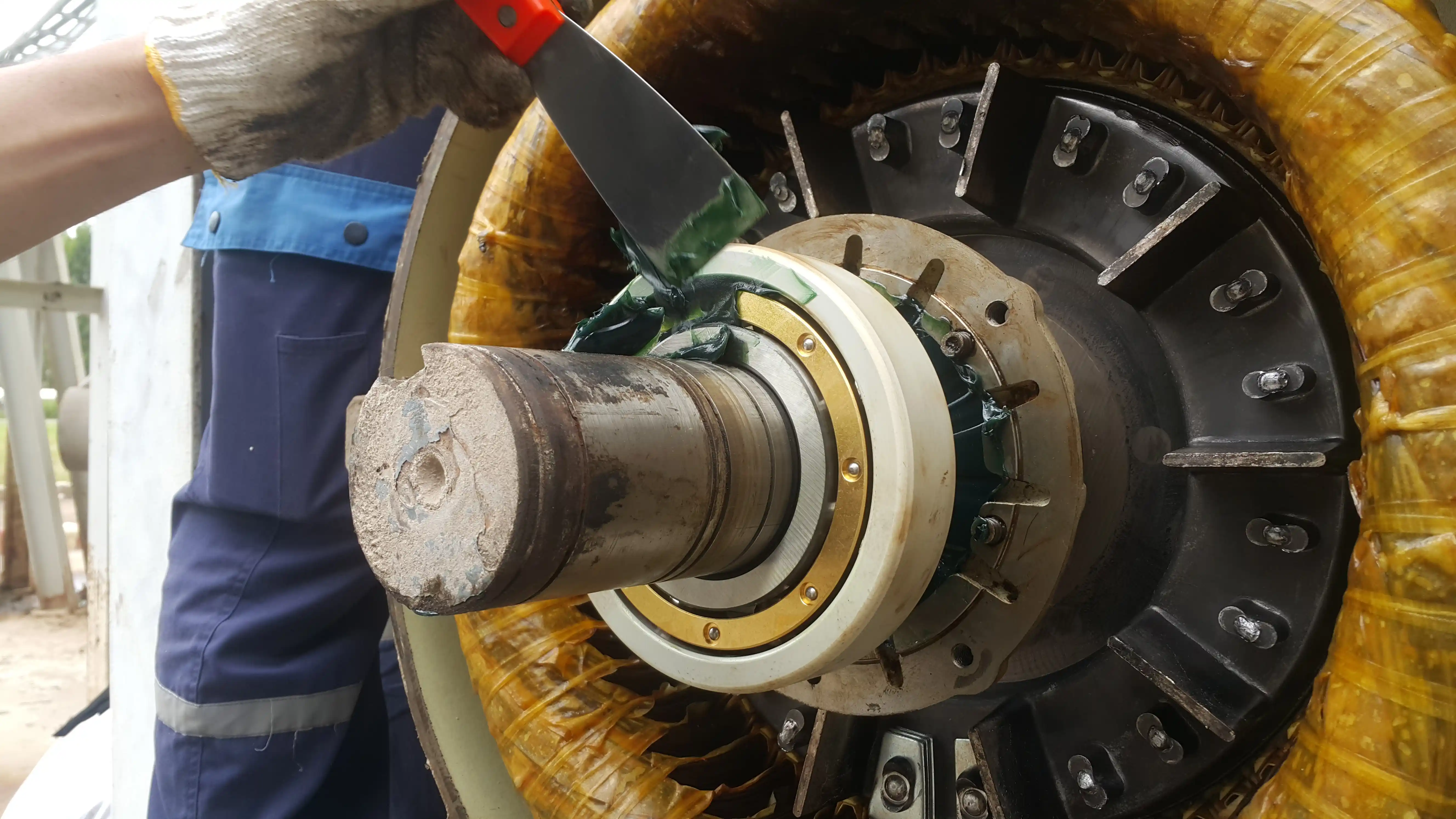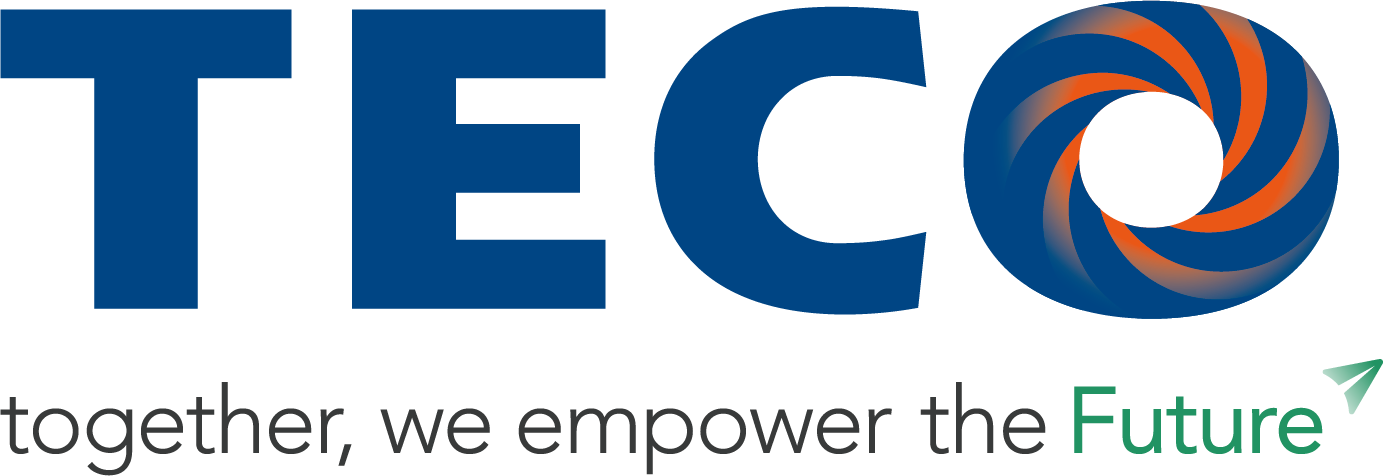
The realm of electrical engineering encompasses a multitude of intricate phenomena, and one such phenomenon is the Electrostatic Discharge Machining (EDM), commonly referred to as “Bearing Current.” While the subject might not be straightforward, it undoubtedly offers valuable insights into electrical systems and their potential vulnerabilities.
According to the IEC 60034-25 International Standard, Section 8.2.5 outlines EDM currents as a type of bearing current that arises from the spark erosion process known as Electrostatic Discharge Machining. This phenomenon arises due to the application of common mode voltage originating from the parasitic motor capacities within the lubrication gap of a rolling bearing. The capacitive interactions between windings, rotor, and stator form a voltage divider, thereby generating a potential difference between the rotor and stator. Consequently, this potential difference propels a bearing current, initiating of electrical phenomena within the system.
Consequences of Excessive Bearing Currents
The repercussions of excessive bearing currents can be far-reaching and potentially detrimental to the overall performance and lifespan of electrical systems. As excessive currents course through the bearings, they induce stress and wear, ultimately compromising the integrity and longevity of the system. Ensuring effective mitigation strategies is of paramount importance to sustain the health and functionality of electrical systems.
Preventing High-Frequency Bearing Current Damage
In the pursuit of safeguarding electrical systems from high frequency bearing current damage, there are several fundamental approaches. These approaches can be employed individually or combined to create a robust defence:
All these tend to decrease the voltage across the bearing lubricant to values that do not cause high-frequency bearing current pulses at all or dampen the value of the pulses to a level that has no effect on bearing life. For different types of high-frequency bearing currents, different measures need to be taken. The basis of all high-frequency current solutions is the proper earthing system. Standard equipment earthing practices are mainly designed to provide a sufficiently low impedance connection to protect people and equipment against system frequency faults. A Variable Speed Drive can be effectively grounded for high common-mode current frequencies if the installation follows the principles of Clause 9.
Advanced Preventive Measures
Beyond the fundamental approaches, advanced preventive measures have proven to be highly effective in minimizing bearing current damage:
For in-depth exploration and practical solutions to mitigate bearing current-related challenges, we offer an additional accessory to prevent bearing damage, such as Earthrings Grounding Ring and AEGIS Grounding Ring.In addition to the inverter-rated insulation (standard across TECO motors), TECO recommends the fitment of a shaft earthing brush and an insulated NDE bearing on 280 frame and above to mitigate the effect of VSD-induced shaft currents (which can damage the motor bearings). Although quoted as additional costs, protection against VSD-induced shaft currents can only be ensured if an insulated bearing and a shaft earthing brush are installed. Whilst there are different recommendations provided by the IEC, NEMA, CSA and other standards or industry bodies, TECO refers to IEC60034-17 and IEC60034-25 and recommends the following:
Alternatively, the user may wish to specify a common mode voltage filter, to be installed at the VSD output and effective eliminate common mode voltages which are the root cause of VSD-induced shaft currents.
In conclusion, the intricate realm of Electrostatic Discharge Machining (EDM) and the subsequent bearing currents is a complex subject within electrical engineering. By understanding the underlying mechanisms and employing a combination of preventive measures, engineers can effectively safeguard electrical systems against the detrimental effects of high-frequency bearing currents. Through a combination of proper earthing, advanced components, and strategic modifications, the electrical engineering community can uphold the integrity and longevity of their systems in the face of these challenging phenomena.

© Copyright 2025 TECO Pty Ltd